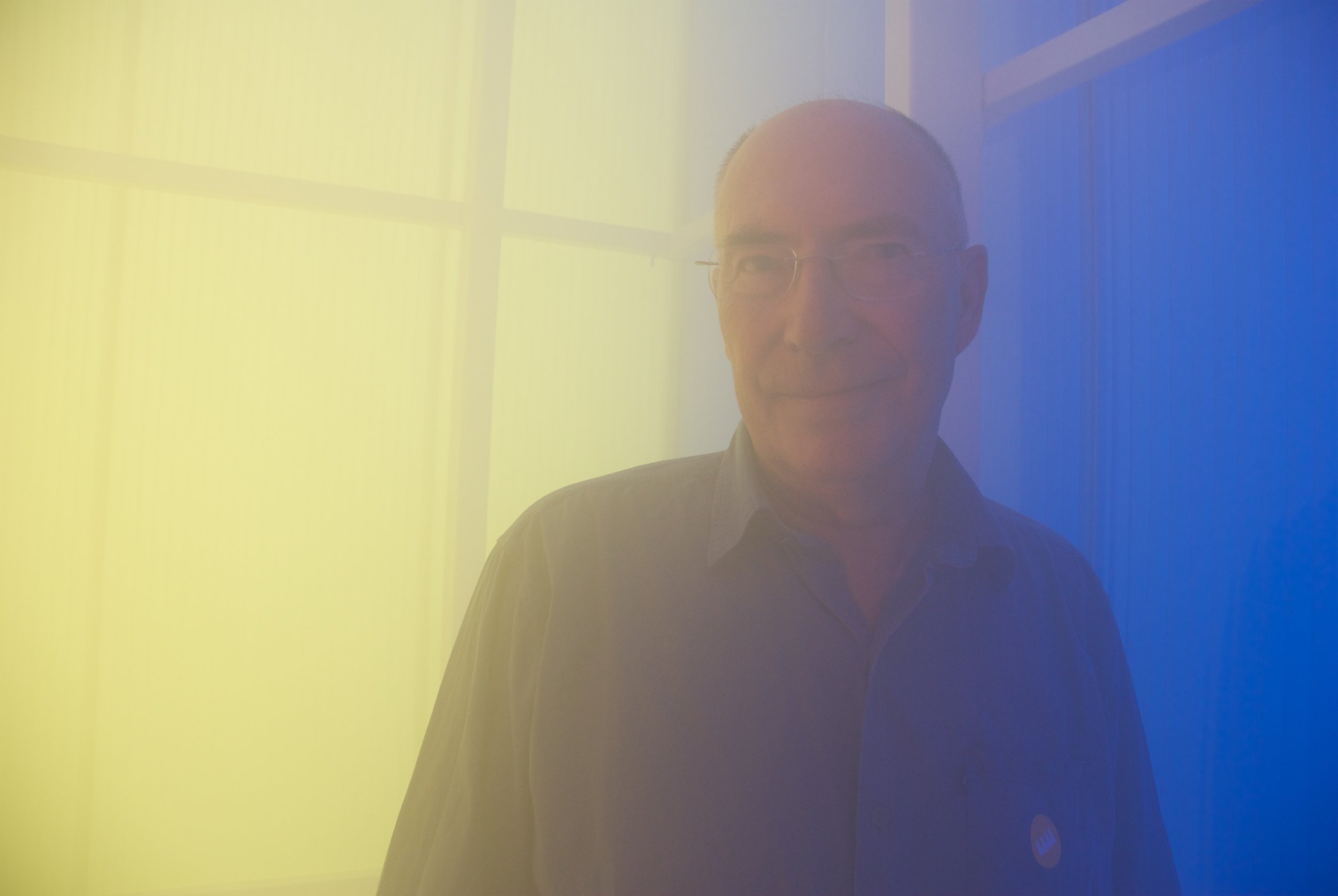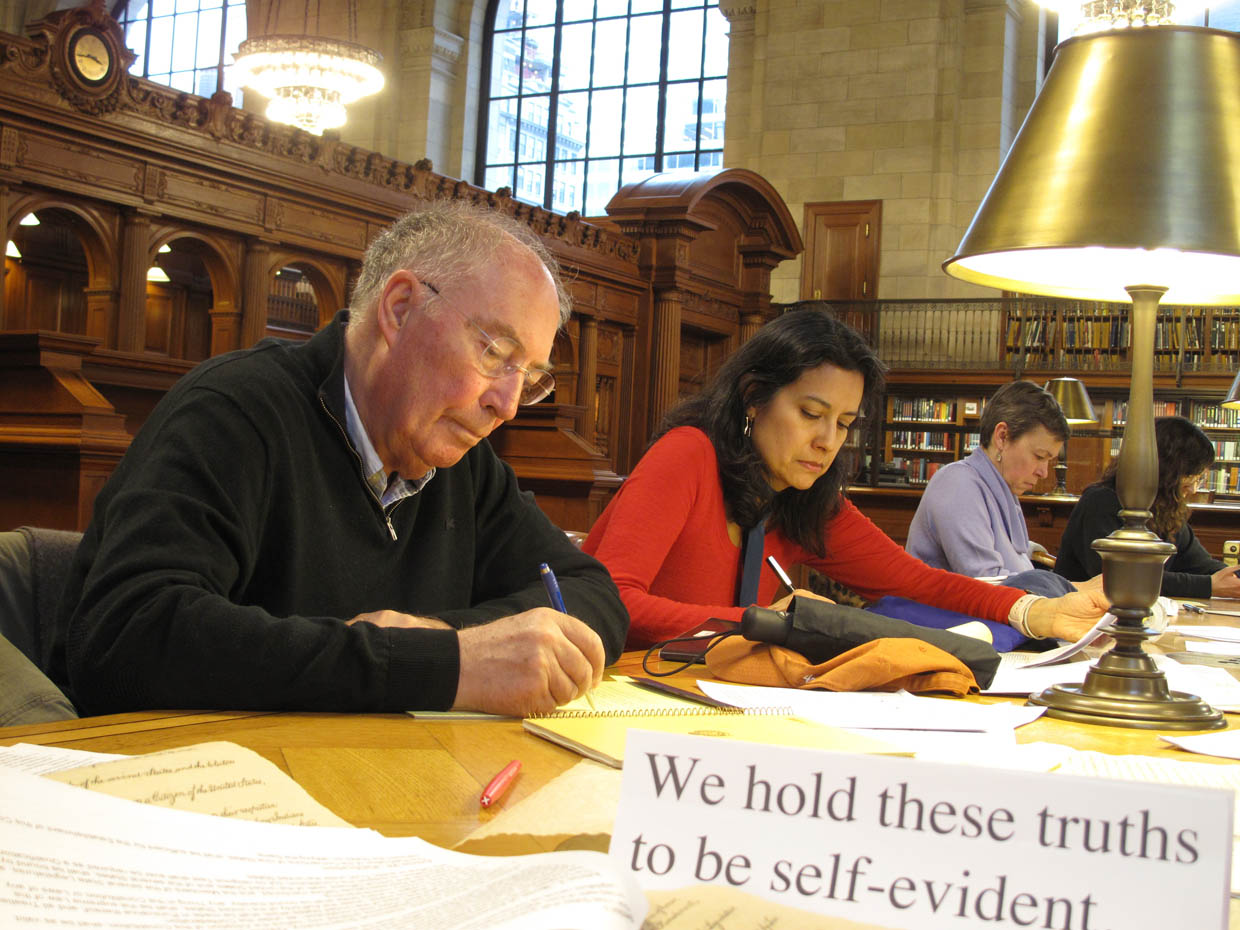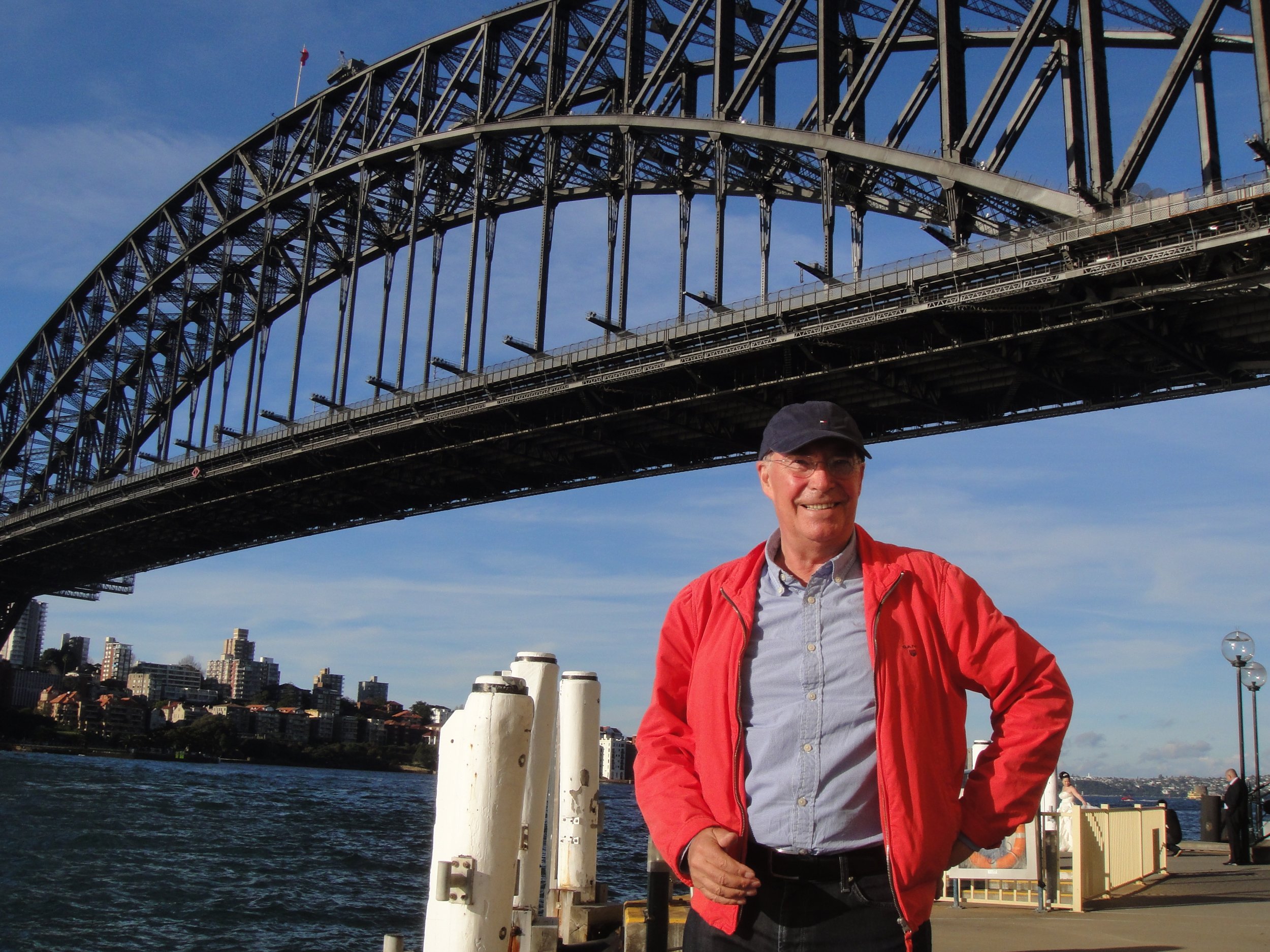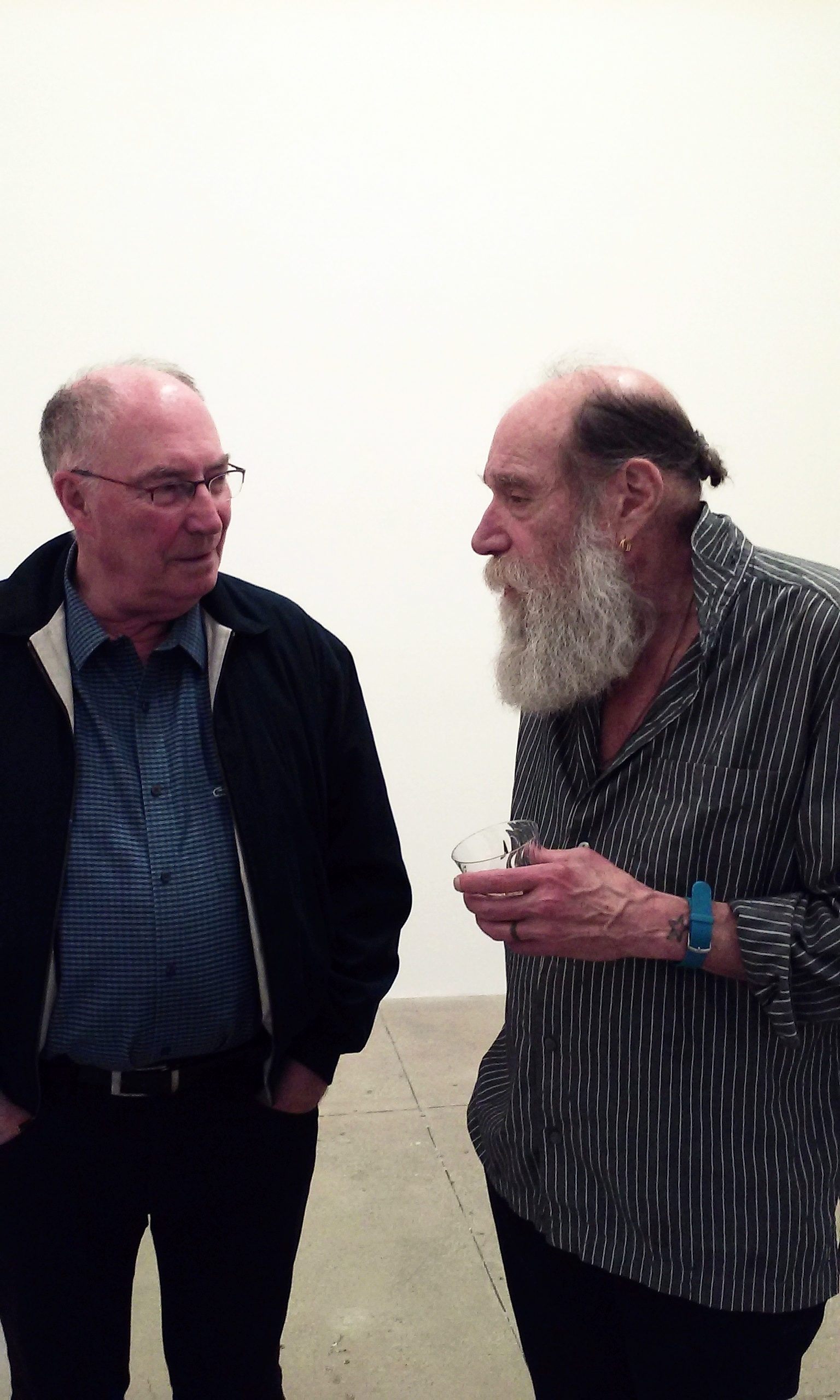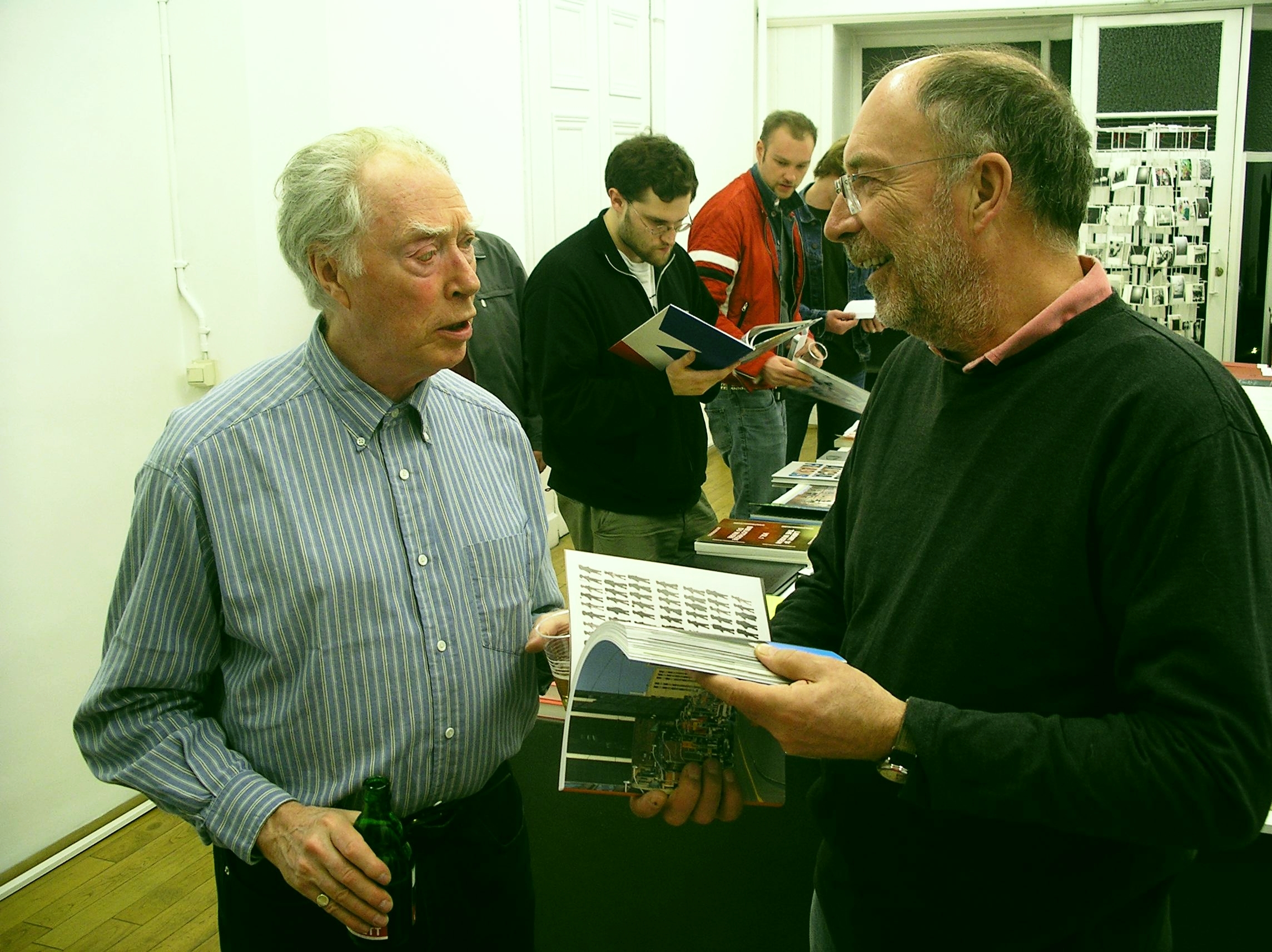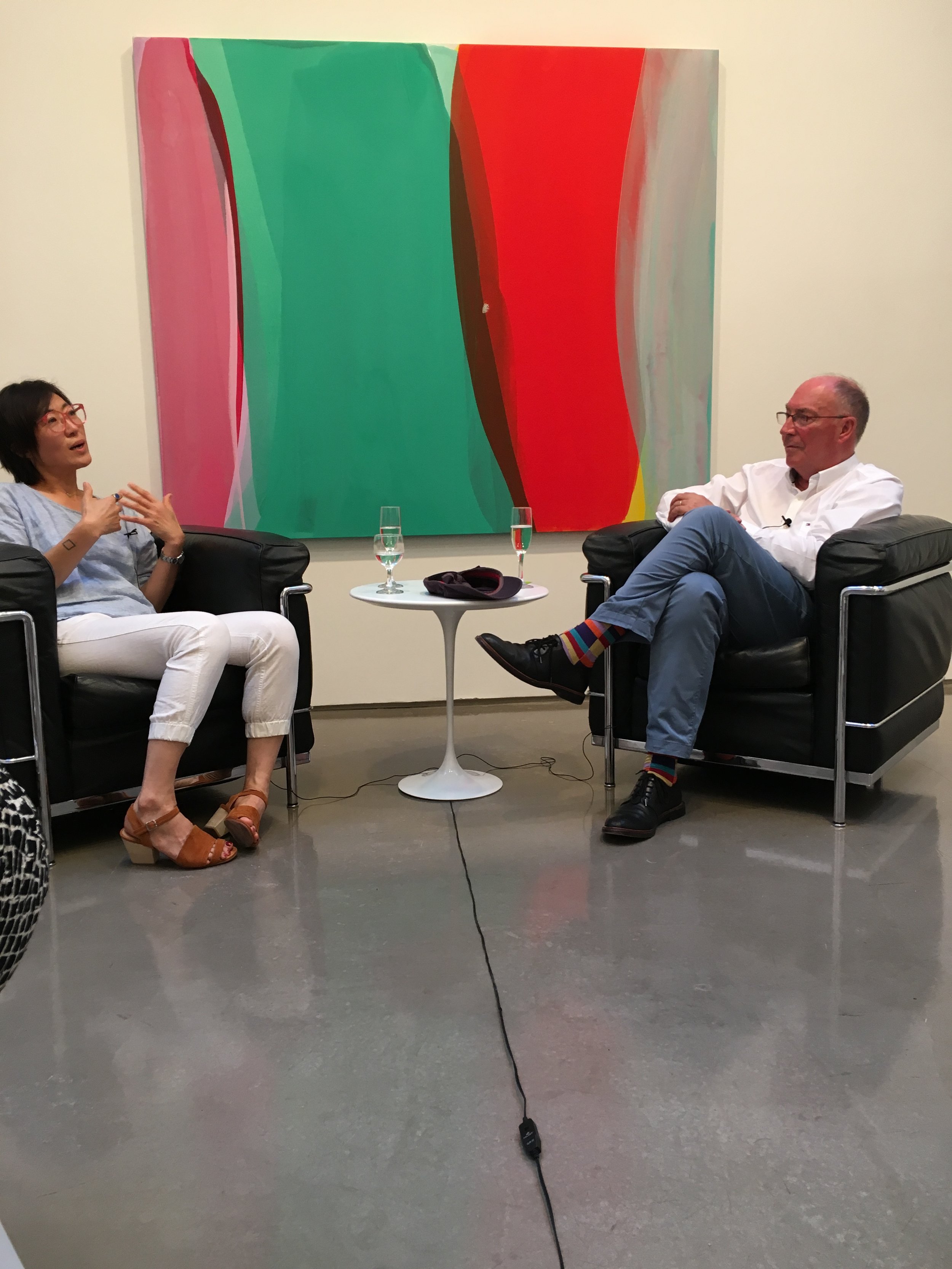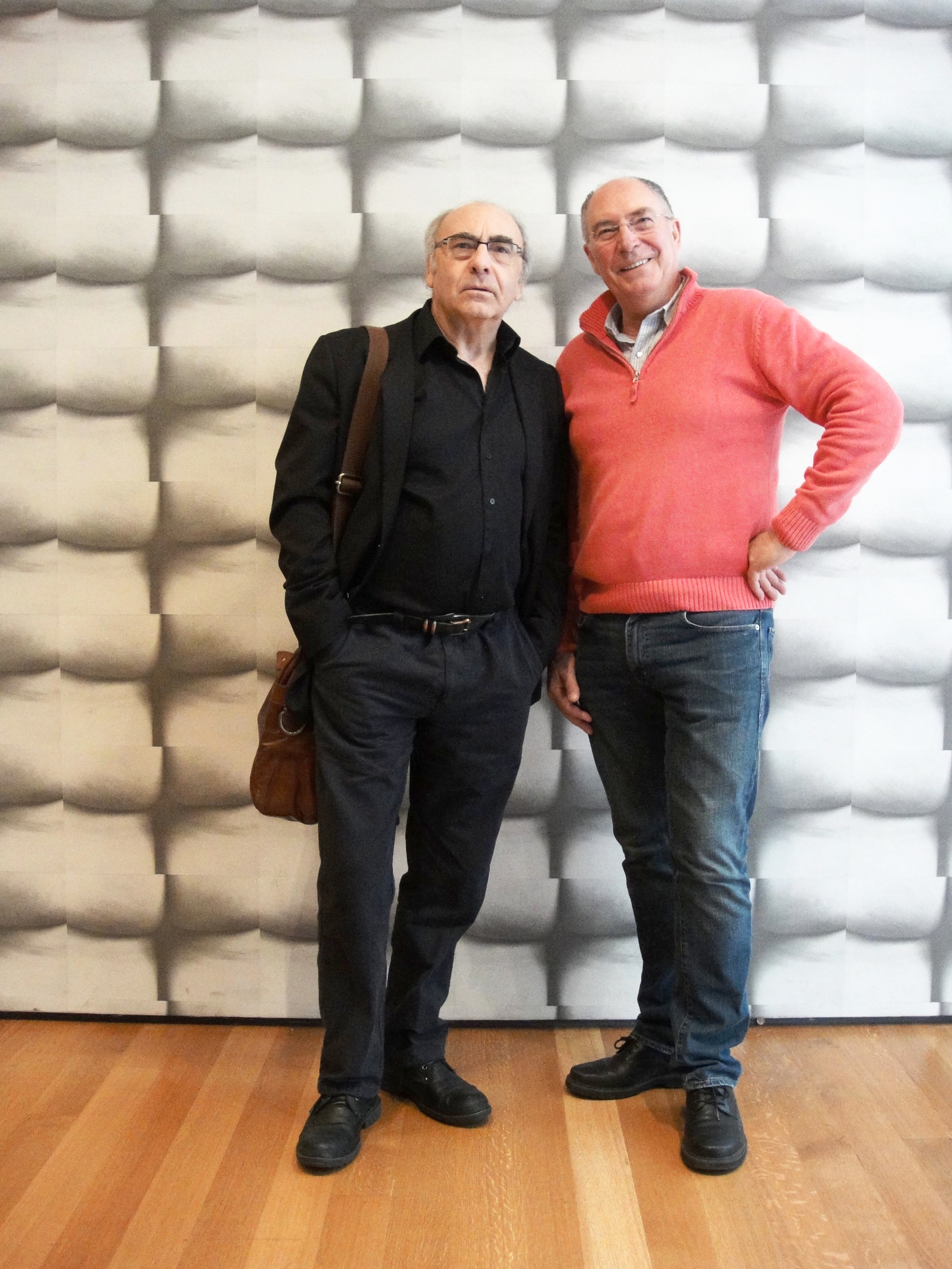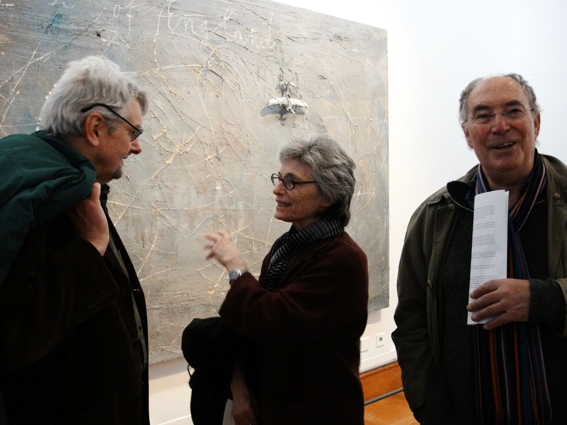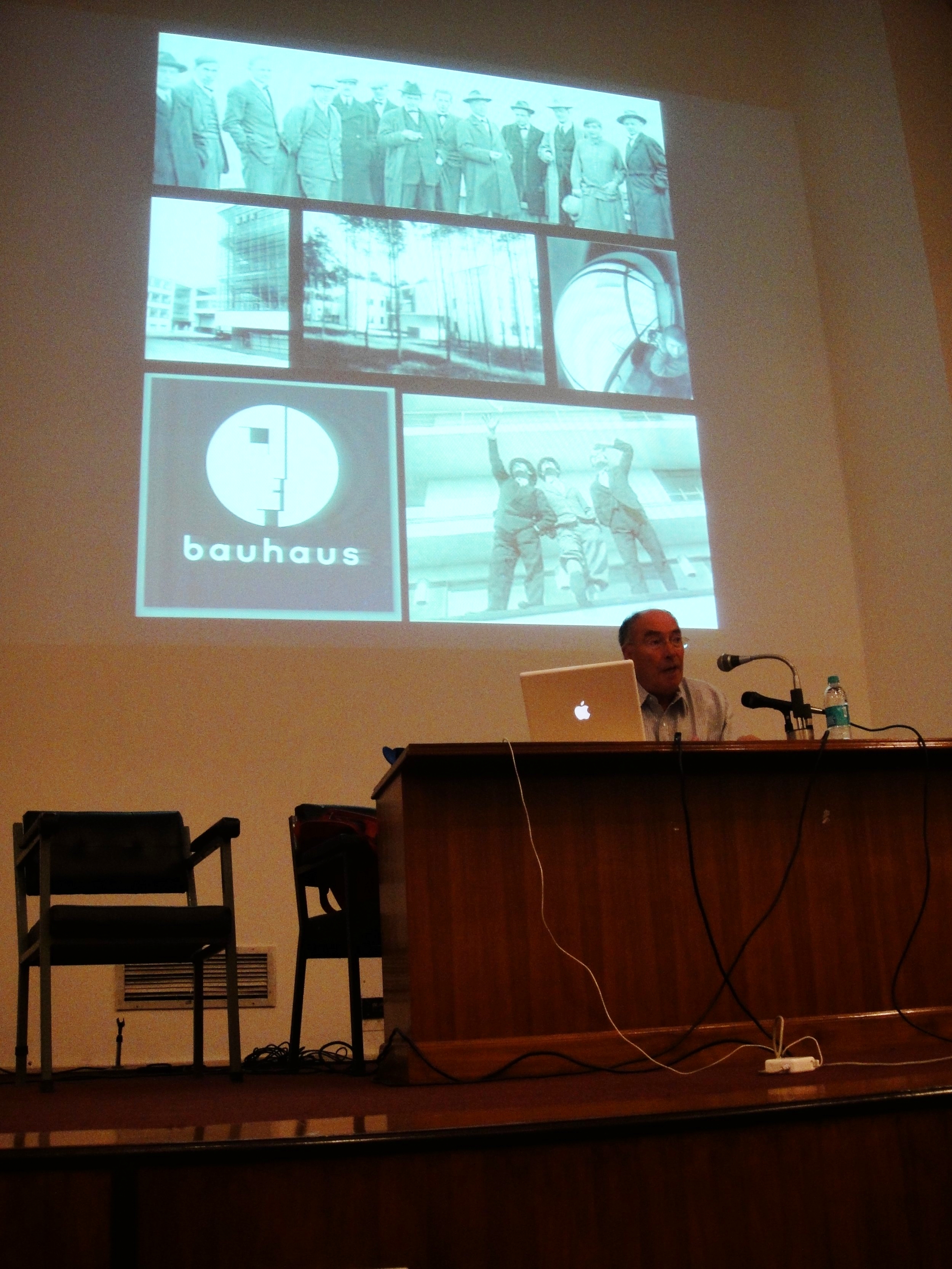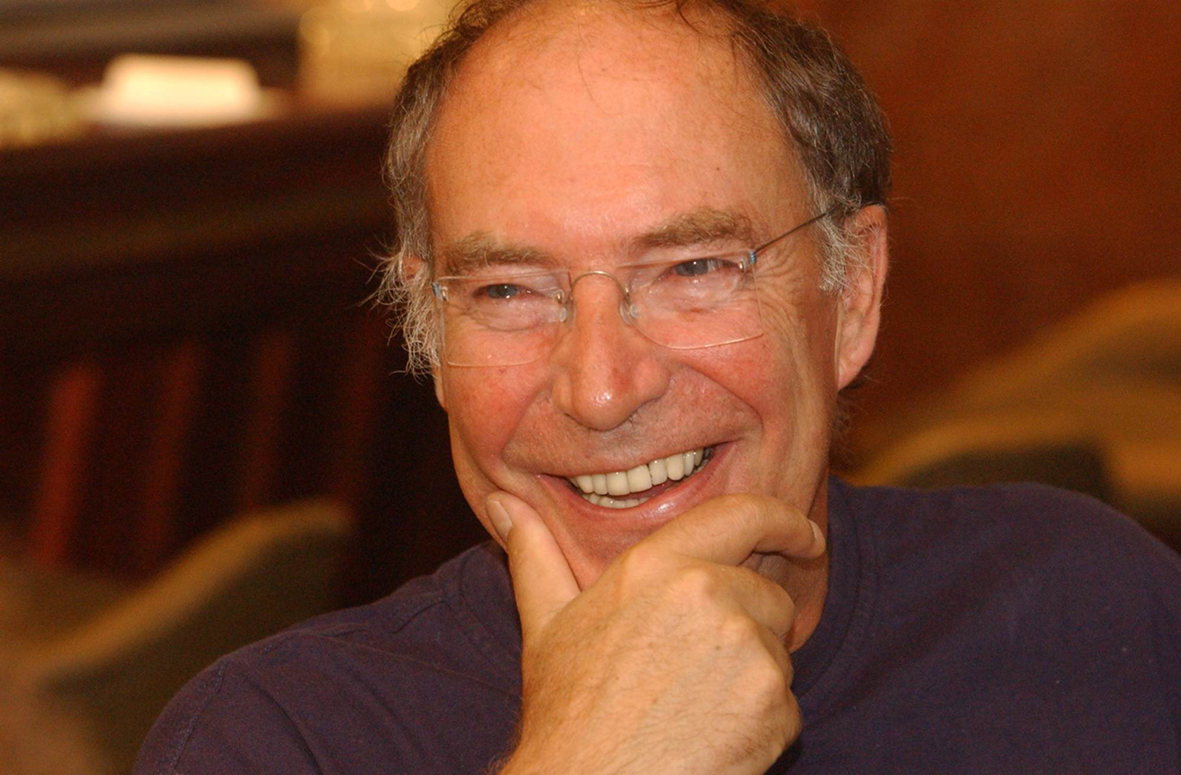Biography
Historian and philosopher of art Thierry de Duve is Evelyn Kranes Kossak Professor at Hunter College, City University of New York, and Emeritus from the Université de Lille 3. In 2014 he was Daniel J. Evans Visiting Professor at Evergreen State College, Olympia, WA, and in 2013, Kirk Varnedoe Visiting Professor at the Institute of Fine Arts, New York University. In 2012-2013, he was William C. Seitz Senior Fellow at the Center for Advanced Study in the Visual Arts (CASVA) in Washington, DC; and in 2010, he was J.P. Getty Foundation Distinguished Visiting Professor, Jawaharlal Nehru University, New Delhi. His English publications include Pictorial Nominalism (1991), Kant after Duchamp (1996), Clement Greenberg Between the Lines (1996, 2010), Look—100 Years of Contemporary Art (2001), and Sewn In the Sweatshops of Marx: Beuys, Warhol, Klein, Duchamp (2012). In 2013-2014, he published six essays in Artforum which he is now expanding and gathering into a book titled Duchamp’s Telegram. Two volumes of his Essais datés, published in French by Mamco in Geneva, have appeared recently: Volume 1, titled Duchampiana, in 2014, and Volume II, titled Adresses, in February 2016. Aesthetics at Large (Art, Ethics, Politics), a book of essays on aesthetics, is forthcoming from the University of Chicago Press in the fall of 2018.
Statement of Research Interests
Ever since my first book, Pictorial Nominalism, the main focus of my research has been on how the institution of “art” transformed itself beyond recognition in the century that saw the birth, the growth and (according to some), the demise of modernism (roughly 1860-1960). During that period, we moved from the Beaux-Arts system, in which, in order to be appreciated as art, a given object had to belong a priori to one of the fine arts, to a system, which I call Art-in-General, in which works of art can be made from anything whatsoever.
The question is whether the discipline of art history is free to interpret this transition from the specific to the generic as a radical break—and face the consequences, namely, the obligation to abandon its tacit postulation of a single over-arching art concept capable of accommodating the art of all time and space—or whether it should cling to a modernist version of the fine arts system that stresses medium-specificity in order to save its epistemological coherence and unity. Over the years, I learned to consult for answers the artist whom many hold responsible for the radical break that ushered in the Art-in-General system (but who I think is merely its messenger): Marcel Duchamp.
What I have learned from studying Duchamp’s work and “influence”—starting with his own passage from painting to readymades—is twofold. Empirically, the evidence shows that in spite of the quasi-systematic ruptures making up the stylistic history of modern art, continuities with the art of the past prevail, but they are not stylistic: Duchamp has taught me to look for missing links of a different kind. Theoretically, it appears that if art history, as a discipline, wants to accommodate “post-Duchamp” art while saving its epistemological coherence and unity (and, say, avoid dissolution into “Cultural Studies”), it must seek the assistance of philosophical aesthetics. My research in that domain has led me to endorse an updated version of Kant’s Critique of Judgment, based on a reading method that replaces the word “beauty” in Kant’s text with the word “art.” I call this the Kant after Duchamp hypothesis.
I have many other interests beside Kant and Duchamp, and a few other terrains of research, among which: painting in general and modernist painting in particular; the history of the French Salon; Manet; Cézanne, Picasso and Cubism; Mondrian; Pollock; Broodthaers and conceptual art; ethics and politics; feminism and the issue of gender; some contemporary artists, most of them women; Lacan; Adorno; Lyotard, etc. My rule of thumb, as a theorist, is to try to extract theory from works of art rather than applying theory to them.

